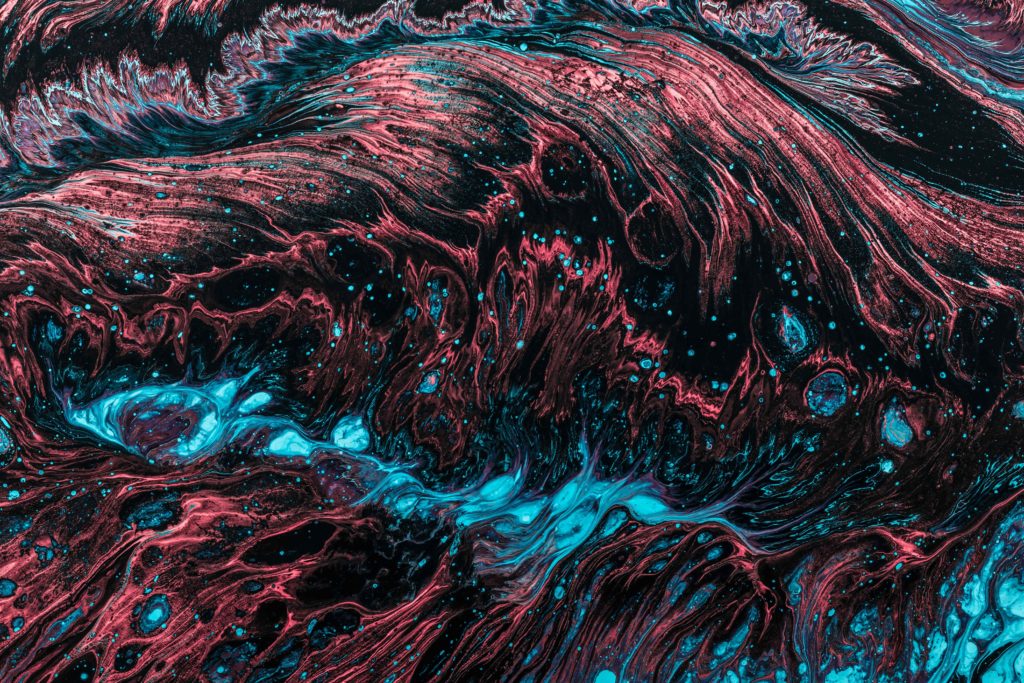By: Heidi Kiiwetinepinesiik Stark, [University of Victoria, Canada]
This post is a part of our Keywords for Decolonizing Geography series. It was originally published as part of an article titled “Infrastructure, Jurisdiction, Extractivism: Keywords for decolonizing geographies” in the journal Political Geography.
When I think of jurisdiction, I find myself reflecting on experiences I have had or witnessed in ceremonies that remind us of the need to think beyond and decenter the human. I recall one ceremony where someone had come forward because they were having difficulties in their own community with a housing project. The ground kept flooding, they were having issues with permits and the construction company, and it just seemed like one issue after another continued to derail the project. So, they utilized ceremony to gain some understanding about what might be preventing the project from moving forward. They were ultimately told that they would not be able to further the project as one of the particular animal nations that had political authority and jurisdiction over that land would not consent to the project.
This was an illuminating experience for me in that it really caused me to pause, reflect, and think about how we come to understand our ability to move through place. Often, we will think critically about the authority and jurisdictions of other humans as we move through territories that are not our own, with land acknowledgments and protocols asking for permission to enter the territory and to tread lightly serving as political reminders of who has authority and whose authority and jurisdiction is in question (primarily, that of the state). But our constant need to contend with state assertions of sovereignty and jurisdiction have too often kept our gaze on human authority. As a result, we tend to presume we have political authority to move through our own spaces at our own will. But that belief isn’t consistent with our own political ideologies and understandings of creation as a nexus of beings that gives shape and meaning to the world. My aforementioned experience and others like it have led me to think deeply about what the concept of jurisdiction means and its relationship to conceptions of sovereignty. For Anishinaabeg, our understanding of our sovereignty is always tempered by the responsibilities we carry toward others, human and other-than-human. We have always understood our territories as comprising multi-juridical terrains with overlapping and concomitant jurisdictions at work. With humans as the last placed in creation, Anishinaabeg understand our own authority and jurisdiction to always be conditioned by both the responsibilities we have to other beings and the recognition that their authority has primacy over our own.

While Anishinaabe understandings of creation have largely shaped and shifted my understandings of sovereignty and its relationship to jurisdiction, I find that my understandings of jurisdiction have been largely contoured by examinations of state assertions of sovereignty. Furthermore, the failure of the conceptual work of sovereignty to ground political authority in a meaningful way for many people has necessitated a shift of our attention to jurisdiction.
I want to focus here on two things related to the rise of jurisdiction as a concept that can help us to better understand political authority in Indigenous communities. One is the ways in which I think the state has largely served to strip Indigenous nations of their political authority through its exercise of jurisdiction. The second is the ways in which attention to jurisdiction in the late 20th and 21st centuries has enabled Indigenous nations to restore their own political authority in several important ways. I’ll close with some reflections on rethinking jurisdiction and its potential or possible limitations for Indigenous self-determination.
Some of my earlier work has looked at the ways in which the United States and Canada have sought to strip Indigenous nations of their political authority and deny their assertions of sovereignty. A key strategy for the state here has been an assertion of jurisdiction over Indigenous lands and bodies. These attempts largely followed in the wake of treaty relationships that were contingent on a recognition of Indigenous sovereignty. Yet, to solidify state claims to territory, these treaties were subsequently interpreted by the state as fixed contracts that ceded land and authority in their desire to suppress Indigenous sovereignty. Much of this control has been exercised through the criminalization of Indigenous nations, especially political leaders, through the restriction of their movement across lands and their ability to organize. As a result, we’ve seen many nations be stripped of large areas of governance while, at times, retaining jurisdiction around governing issues that have been considered as more customary and domestic in nature. Child and family wellbeing, for example, has largely been an area of jurisdiction that communities have retained much longer than criminal jurisdiction. Historically, Indigenous nations maintained jurisdiction over marriage and adoption long after Crown assertions of sovereignty. These are often also the areas of jurisdiction the state is willing to recognize in Indigenous self-government agreements, though often on a conditional basis that measures aptitude and success through colonial standards.
Importantly, as I think Shiri Pasternak’s work (2017) has demonstrated, Indigenous nations have largely been able to push back against state suppression of their political authority through an exercise of jurisdiction and “ontologies of care”. One of the ways we see this very clearly is with the Council of the Haida Nation, who, in their reconciliation protocols with British Columbia, agree to both assert and bracket their expressions of sovereignty. This agreement makes clear that the province and the Haida disagree over who has ultimate political authority. The Haida only agree to bracket that question as a means of taking up issues of jurisdiction as a grounded and manageable question for the time being. This represents one important moment in which Indigenous nations have been able to exercise their own laws in ways recognized by the state while preventing state interference in their exercise of political authority.

There is a limitation at work in our current thinking and conceptualization of jurisdiction. What possibilities open up if we recognize jurisdiction as operating in a terrain comprised of multi-national political authorities – with various constituents having jurisdiction – whether they be particular animals, plants, spirits, or others? Such recognition may help expose the limitations to our own jurisdiction in that we, as the last of creation placed on this earth, are tethered to our political commitments and responsibilities to those who came before us, and whose jurisdiction and political authority precedes our own.
Yet as scholars like Gordon Christie (2021) have sought to remind us, the focus on political authority and jurisdiction can often occlude important questions. When we focus on this question of who has jurisdiction or political authority, we can sometimes limit our ability to think about how we want to relate to one another, and about the appropriateness of the particular actions we’re trying to carry out in specific places and spaces.
Christie, Gordon. (2021). “Indigeneity and Sovereignty in Canada’s Far North: The Artic and Inuit Sovereignty.” The South Atlantic Quarterly 110, no. 2 (Spring 2011): 329-46.
